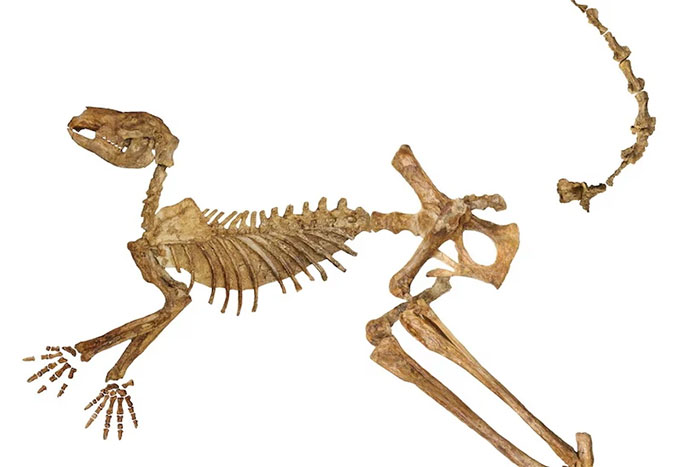CAll three newly discovered kangaroo species belong to the extinct kangaroo genus Protemnodon that lived on the Australian continent, between 5 million and 40,000 years ago.
Researchers in southern Australia have discovered fossils of three new species of ancient giant kangaroos.
 Protemnodon’s skeleton was twice the size of a red kangaroo. (Photo: Flinders University)
Protemnodon’s skeleton was twice the size of a red kangaroo. (Photo: Flinders University)
In research published on April 15, a team of researchers from Flinders University (Australia) described these new species of kangaroos based on their fossils found in this country and Papua New Guinea, according to All three species above belong to the extinct kangaroo genus Protemnodon , also known as the giant kangaroo , which lived on the Australian mainland, Tasmania and Papua New Guinea about 5 million years ago to 40,000 years ago.
Lead author Isaac Kerr from Flinders University’s School of Science and Engineering visited the collections of 14 museums in four countries to study and 3D scan 800 specimens of the genus Protemnodon. collected from all over Australia and Papua New Guinea to distinguish between species of giant kangaroos.
Mr. Kerr discovered that these kangaroo species have adapted to live in different environments and even jump in different ways.
Among the kangaroo species studied is Protemnodon viator, which weighs up to 170kg, twice as large as other kangaroo species, and is the largest male red kangaroo species still living in the wild in Australia.
In addition, two additional species, Protemnodon mamkurra and Protemnodon dawsonae , were discovered during a review of 19th-century research.
According to Mr. Kerr, the above research has denied the previous hypothesis that all Protemnodon species had 4 legs. The researcher added that the best fossil of Protemnodon mamkurra was discovered in Green Waterhole cave in southern Australia. The name mamkurra was chosen by the local people, meaning big kangaroo.





